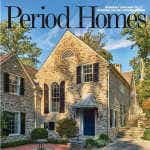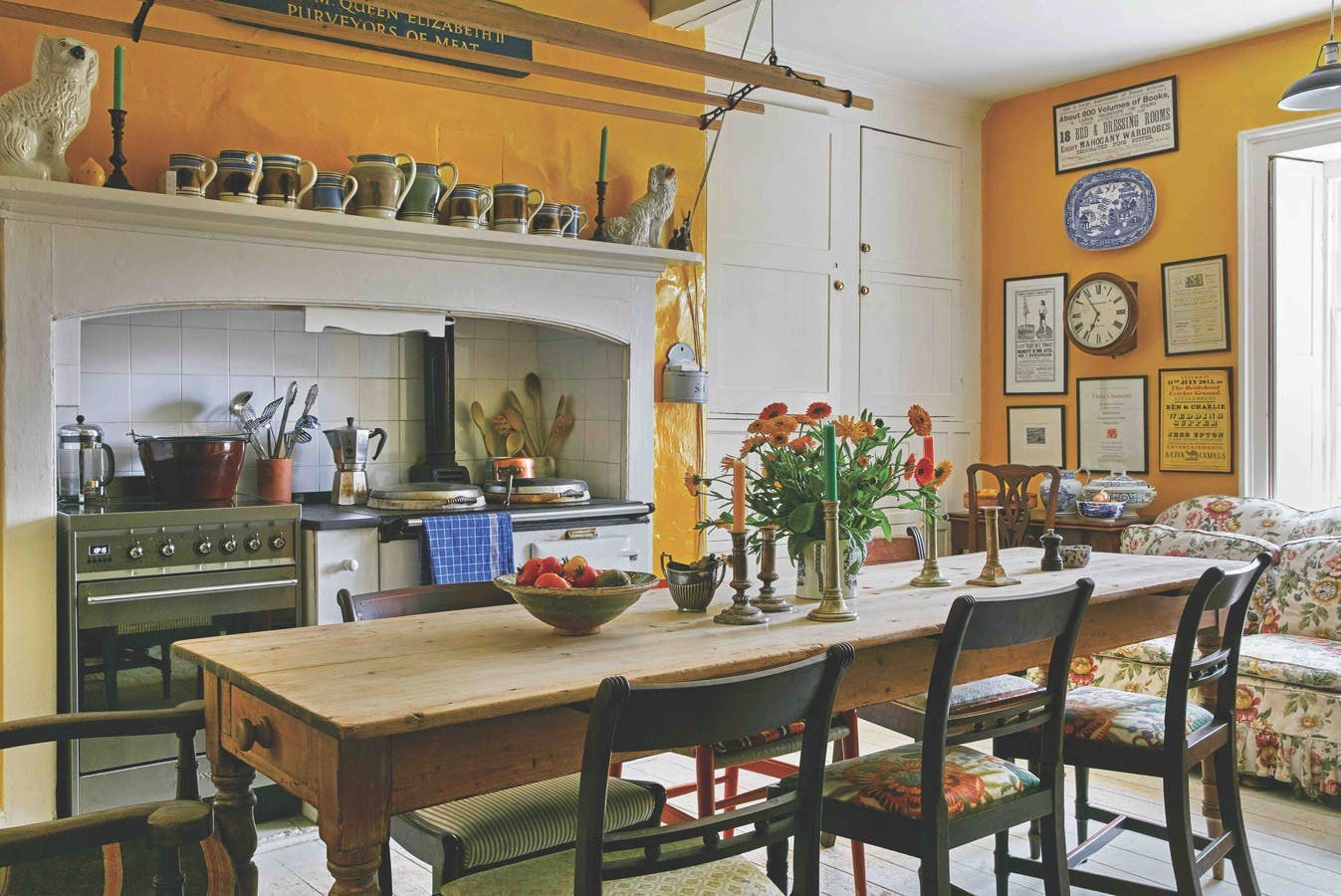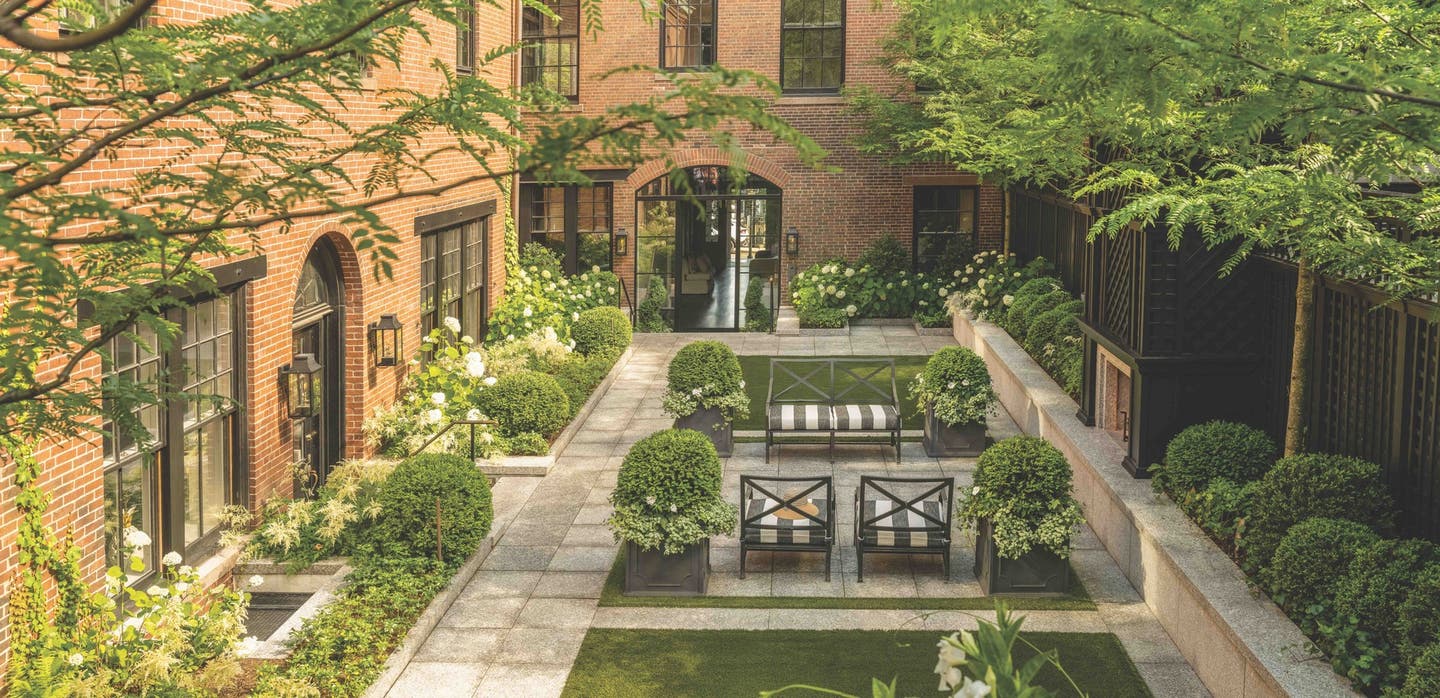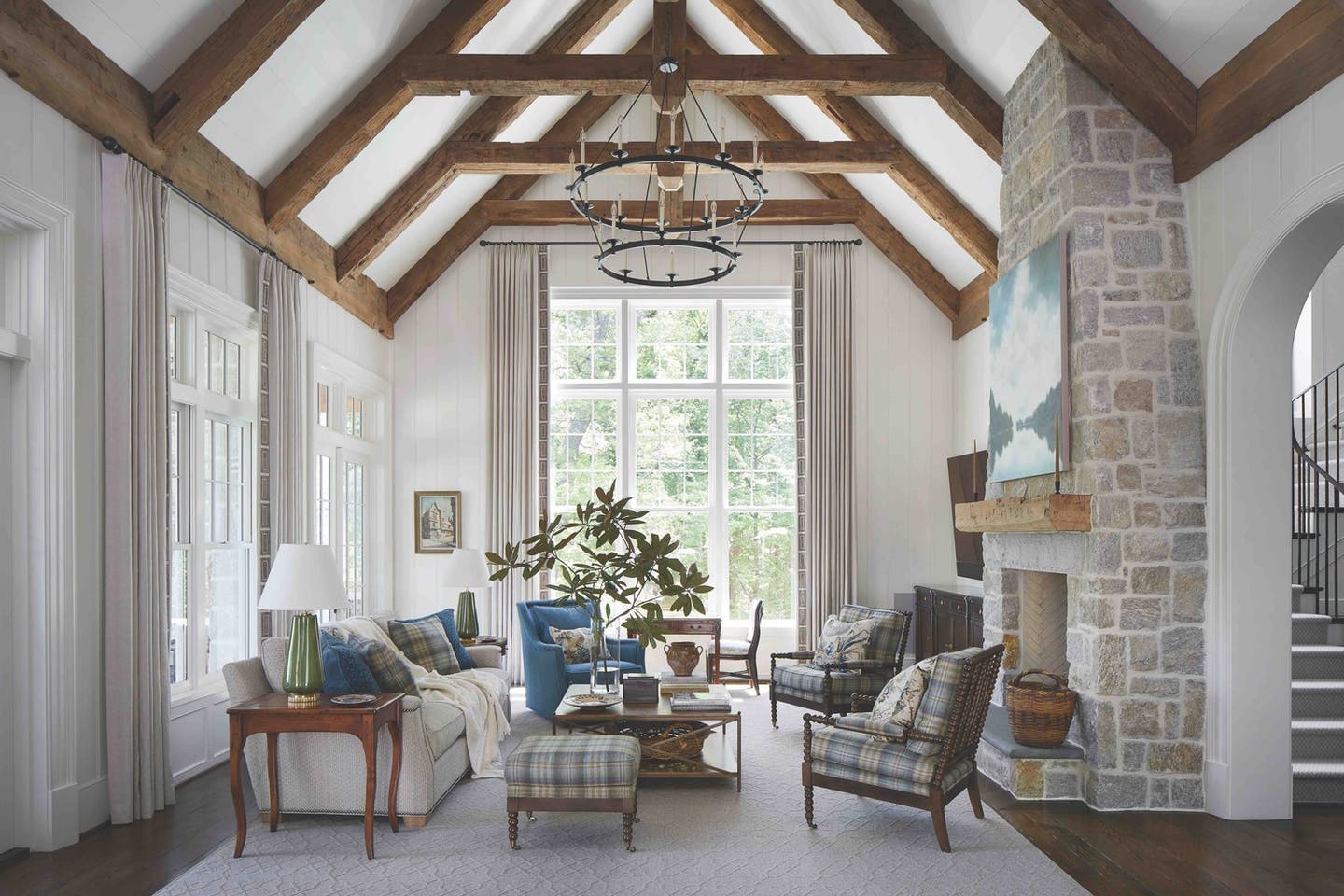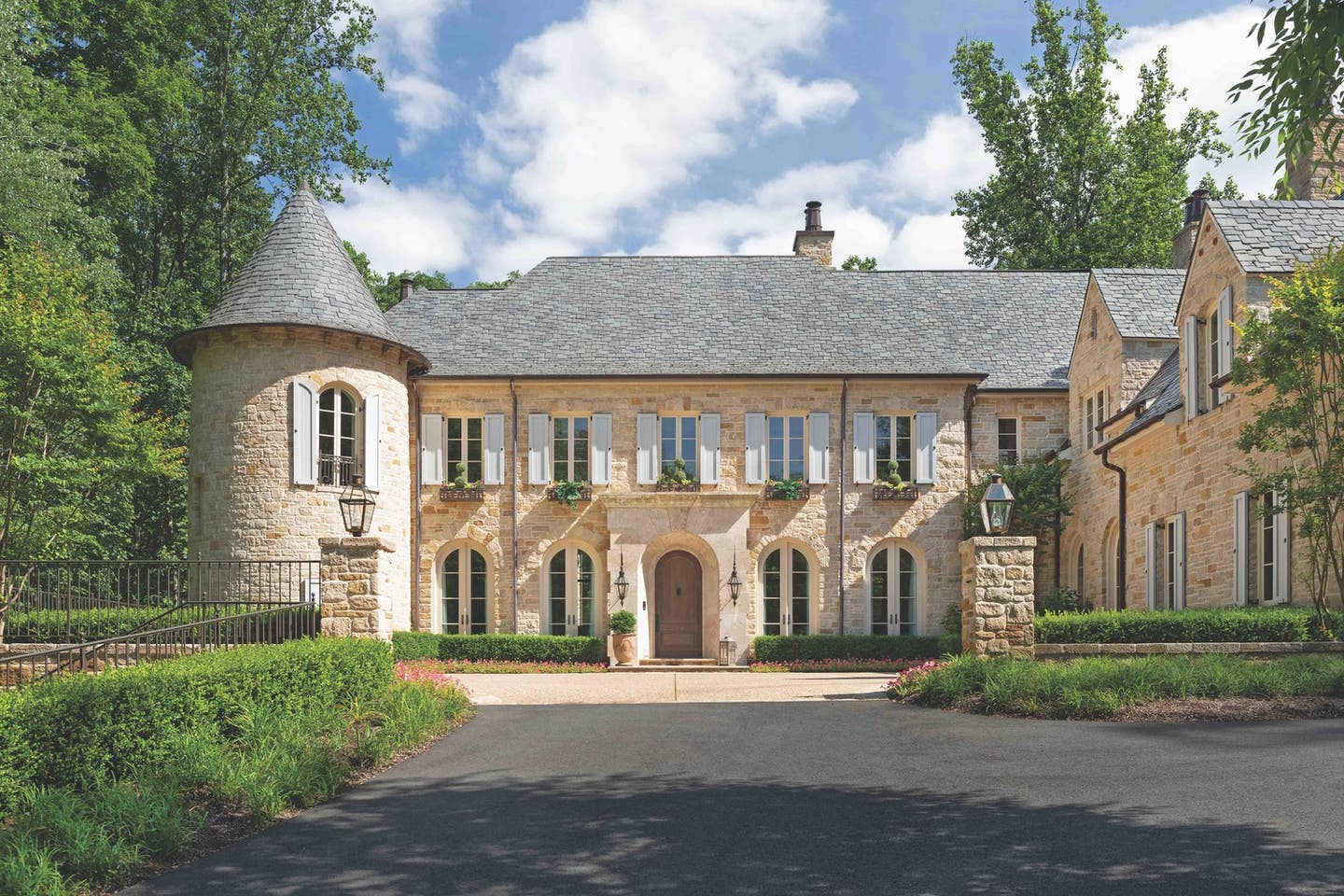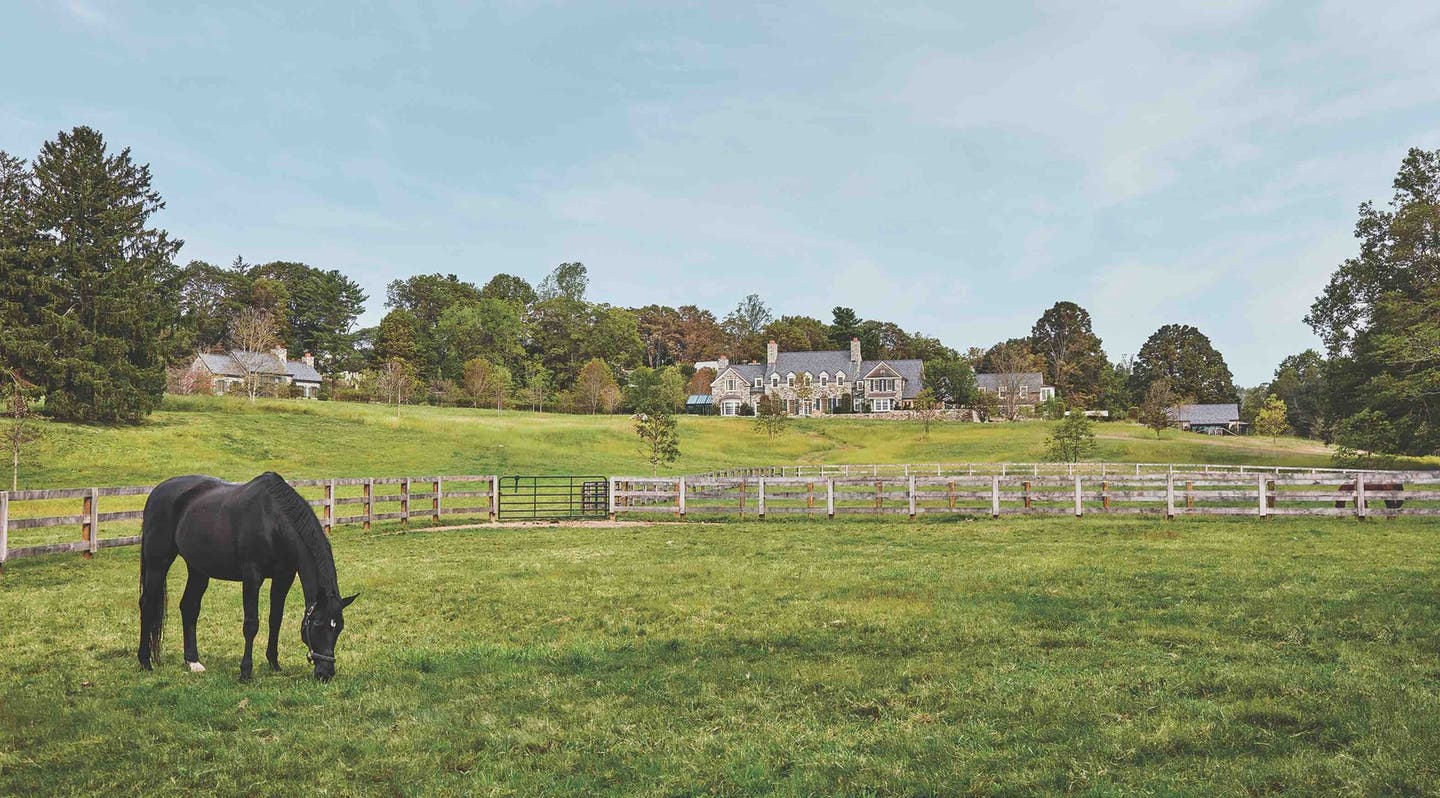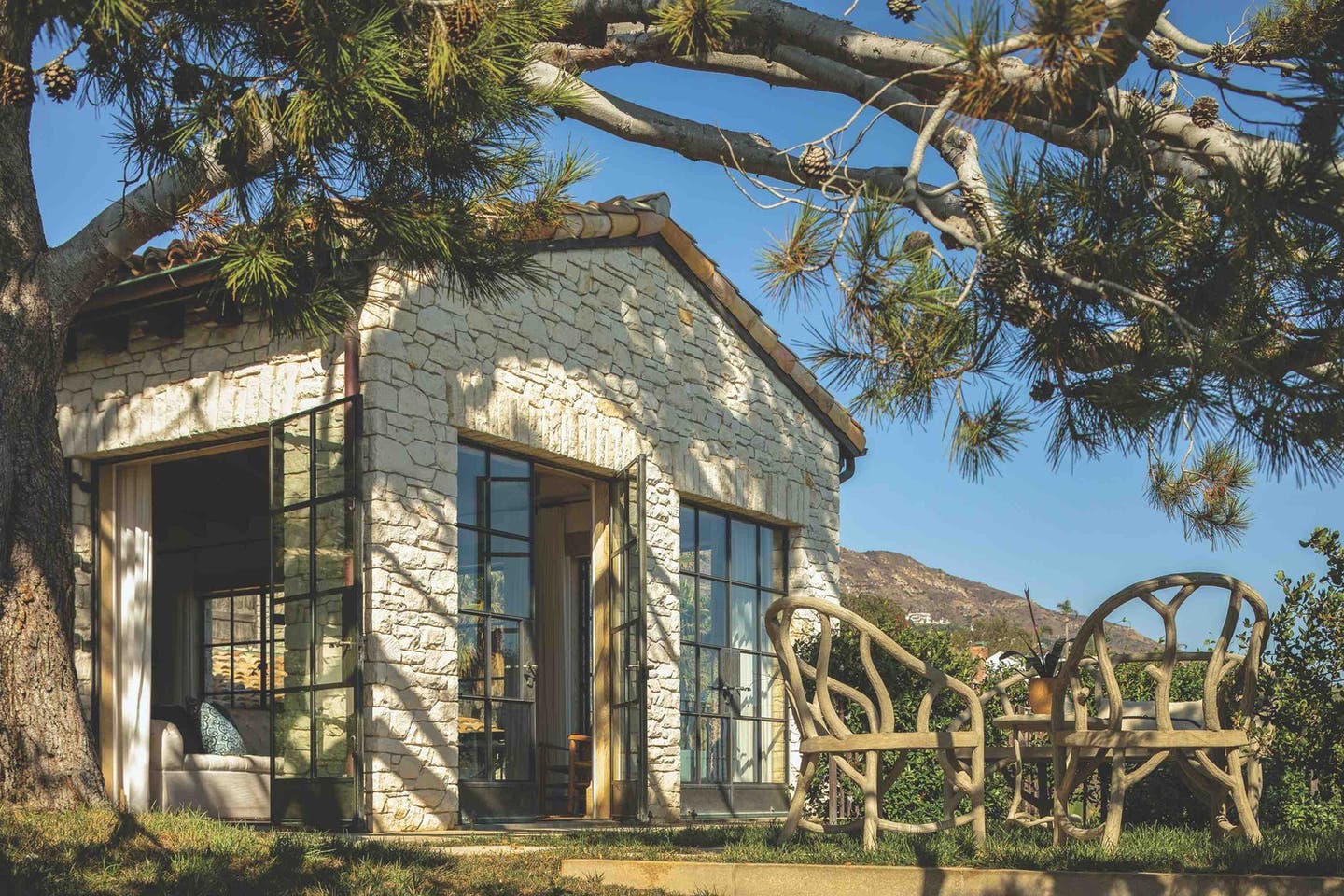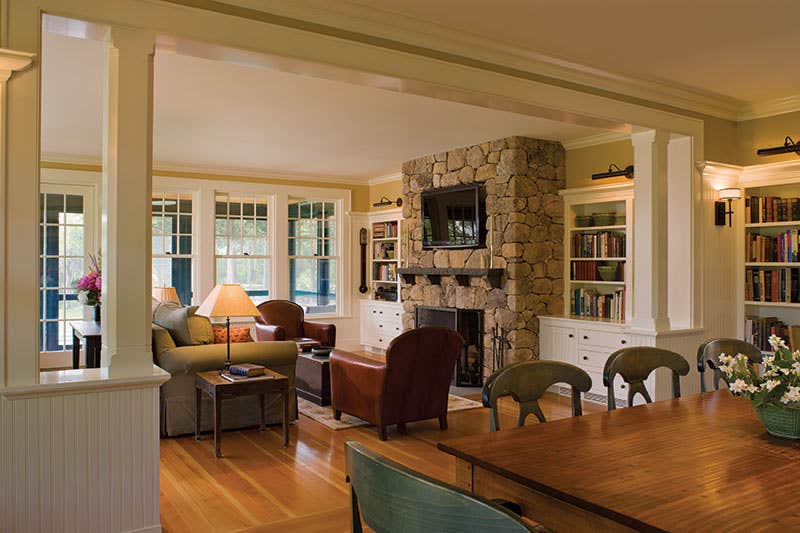
Projects
A New Shingle Style Home in Massachusetts
Project: Shingle Style Residence, Massachusetts
Architect: Albert, Righter & Tittmann Architects, Inc., Boston, MA; Jacob D. Albert, AIA, principal in charge; Eric Rochon and David Cutler, project team
Contractor: Roger Wilkie Builder, Inc., Tiverton, RI
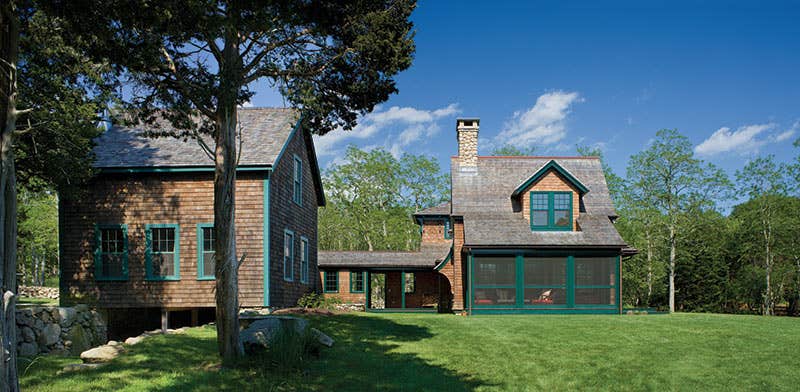
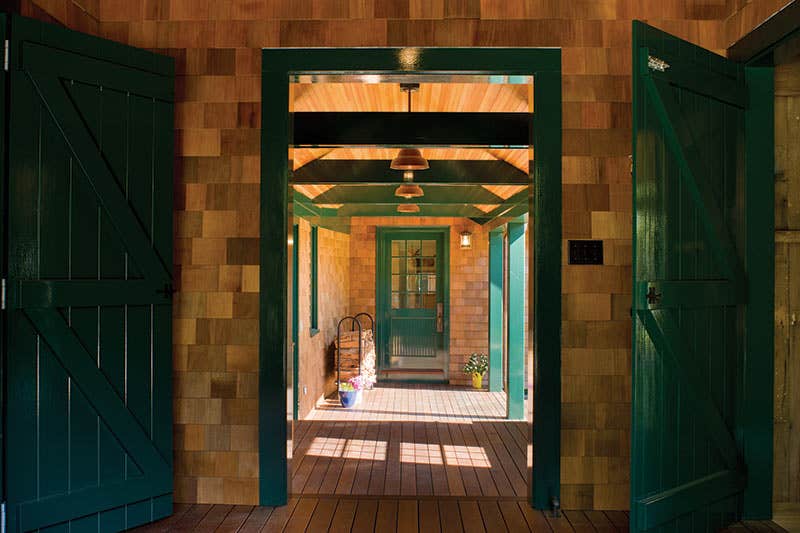
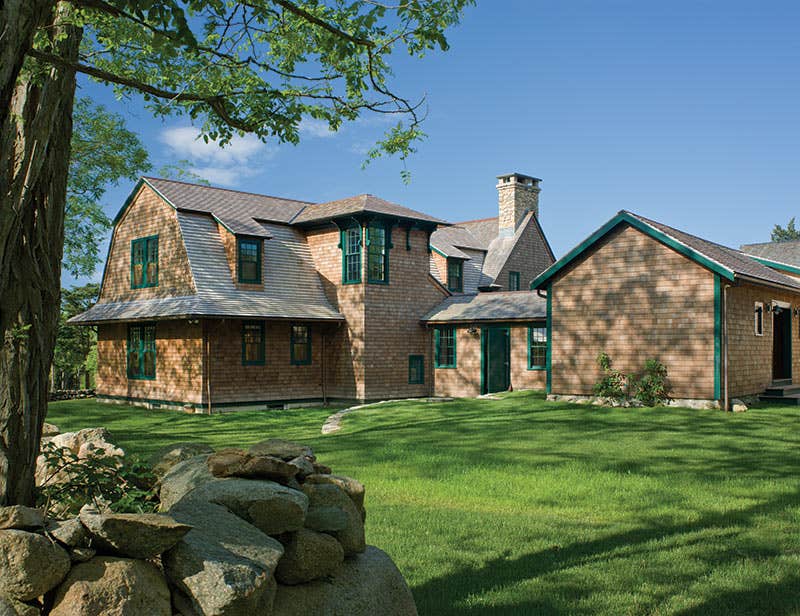
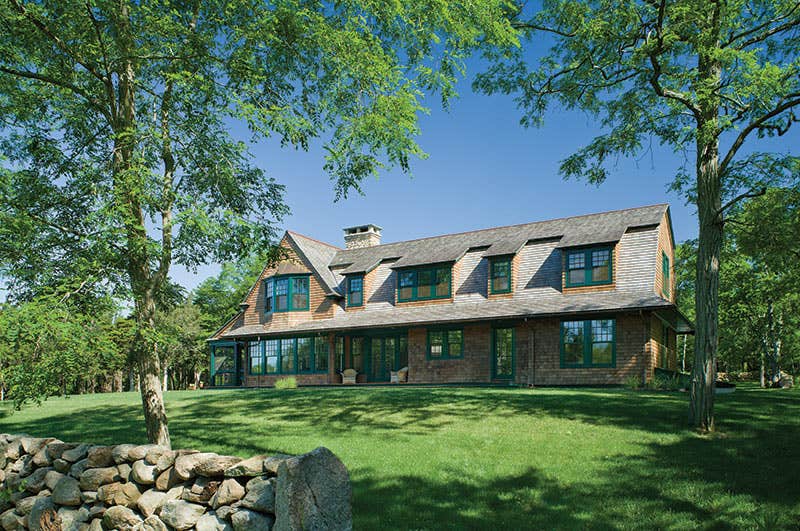

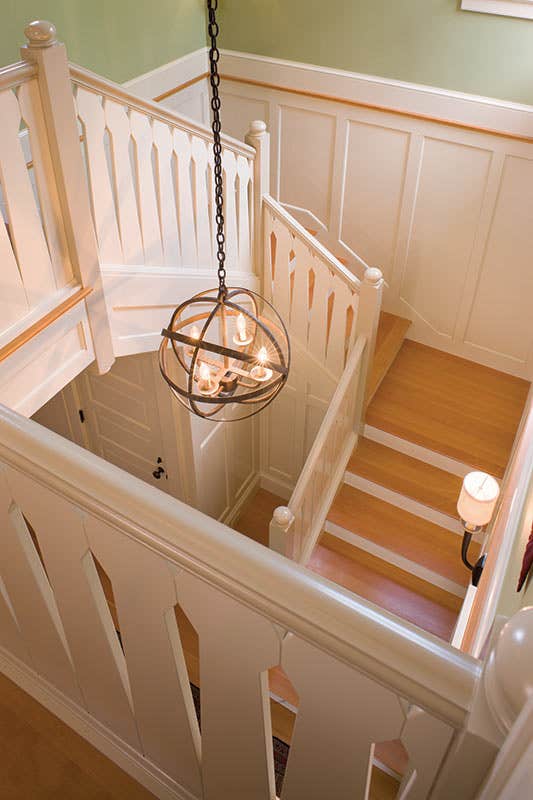
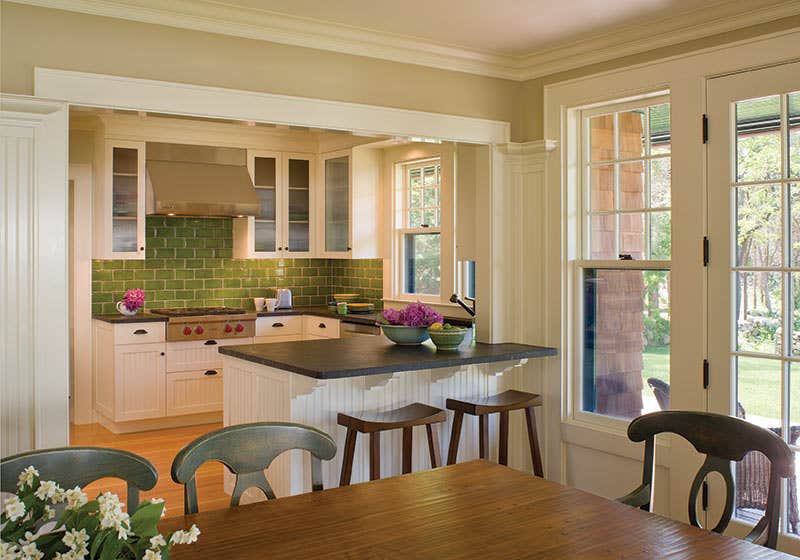
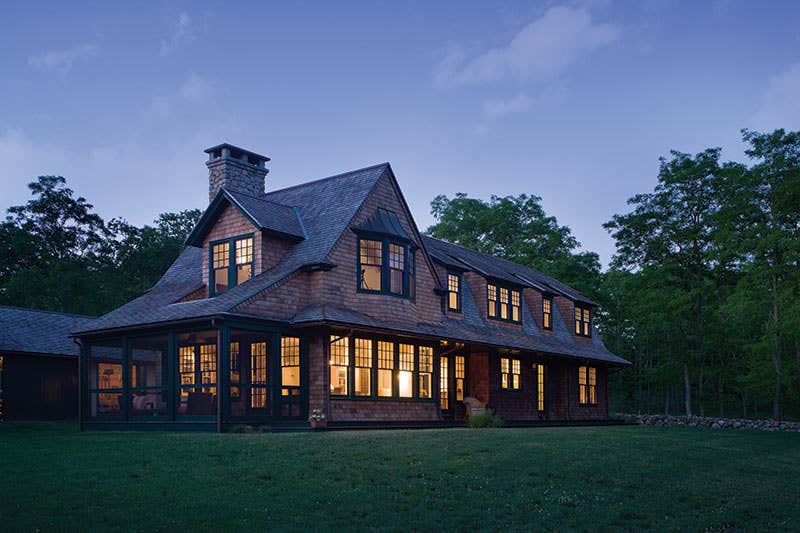
When a couple purchased an old coastal farmstead overlooking a meandering river that feeds into Buzzard’s Bay on the south coast of Massachusetts, they fell in love with the stone walls, rolling lawns and rustic 1920s outbuildings on the property. The main house was less desirable. A poorly constructed 1960s “motel” style home, it was an eyesore to say the least. Having seen the work of Albert, Righter & Tittmann Architects (www.alriti.com) in Boston, MA, the couple called on the firm to design a house in keeping with the vernacular of the outbuildings while creating a true getaway that the couple could enjoy for years to come. Well versed in the language of coastal New England homes of the past, principal and lead architect on the project Jacob Albert turned to the rambling summer cottages of turn-of-the-century New England for inspiration.
“The original house was structurally unsound, so we had to start from scratch,” says Albert, who, working within the footprint of the existing house, took design cues from cedar-shingled outbuildings on the property for the new house. “We wanted to make the buildings appear as if they had organically grown over time without jarring contrasts between the new and old buildings. The old sheds on the property were picturesquely disheveled and we wanted to incorporate them into a new house – connecting them as a whole.”
The more charming sheds would set the language and tone of the composition. One shed acts as a sort of gate lodge to the property while a covered arcade in a similar design vocabulary to the sheds connects this gateway to the front door of the house. “Entering through the old shed and connecting arcade gives a sense of ceremony to the everyday act of entry,” says Albert. “It creates a rambling informal quality to the complex.”
The couple did not want an imposing house on the site, so size and height restrictions only reinforced their desire for a modest cottage. To comply with the restrictions, Albert came up with a low, horizontal, 2,830-sq.ft. design with a gambrel roof; this allowed for second-story dormers while bringing the eaves to the first story.
“The gambrel roof sweeps out at the eaves in a graceful curve to broad overhangs that shelter generous windows,” says Albert. “The strong continuous eave anchors the building to the space.” A stair tower, which saves floor to space, features expressive roof brackets, a shallow pitched roof and oversized corner windows – and also hints that the house is new. “It also is a beacon or marker to people approaching the house,” says Albert. “The house has its own flavor but is compatible with the outbuildings.” Within the courtyard, Albert introduced a curved roof to add interest to an otherwise blank wall.
One important factor was to orient the house toward the south to take advantage of river views. “The plan for the main house was to design a narrow bar, which allows the main rooms to have two or three exposures,” says Albert, noting that multiple double-hung windows on the south side take in both views and the sun. “The deep eaves protect the house from the high summer sun, but in winter the house drinks in the light when the sun is lower in the sky.”
Because of the small footprint, every interior space had to be maximized. The spaces flow freely into one another although they have distinct functions. There is no eat-in kitchen, so the dining room is used for dining; similarly, the living room doubles as a family room. “The rooms are cozy, but the views throughout are expansive,” says Albert.
A screened porch offers additional living space in the warmer months. It also protects the living room’s west-facing side from the summer sun. A wall of windows and doors divides the two rooms. The interior detailing includes flourishes of both Arts and Crafts and Colonial Revival. High beadboard, wainscoting, as well as square chamfered columns incorporate Arts and Crafts detailing. A built-in window seat runs the length of the living room and built-in shelving in both the living and dining rooms offers ample storage for books and pottery. The detailing on the stairs was inspired by an 18th-century Swedish design. The railings are distinctive flat boards with cutouts. The second-story ceiling is open to the roof trusses. A fieldstone fireplace anchors both the living room and master bedroom. “It really is an expressive Shingle Style house,” says Albert.

